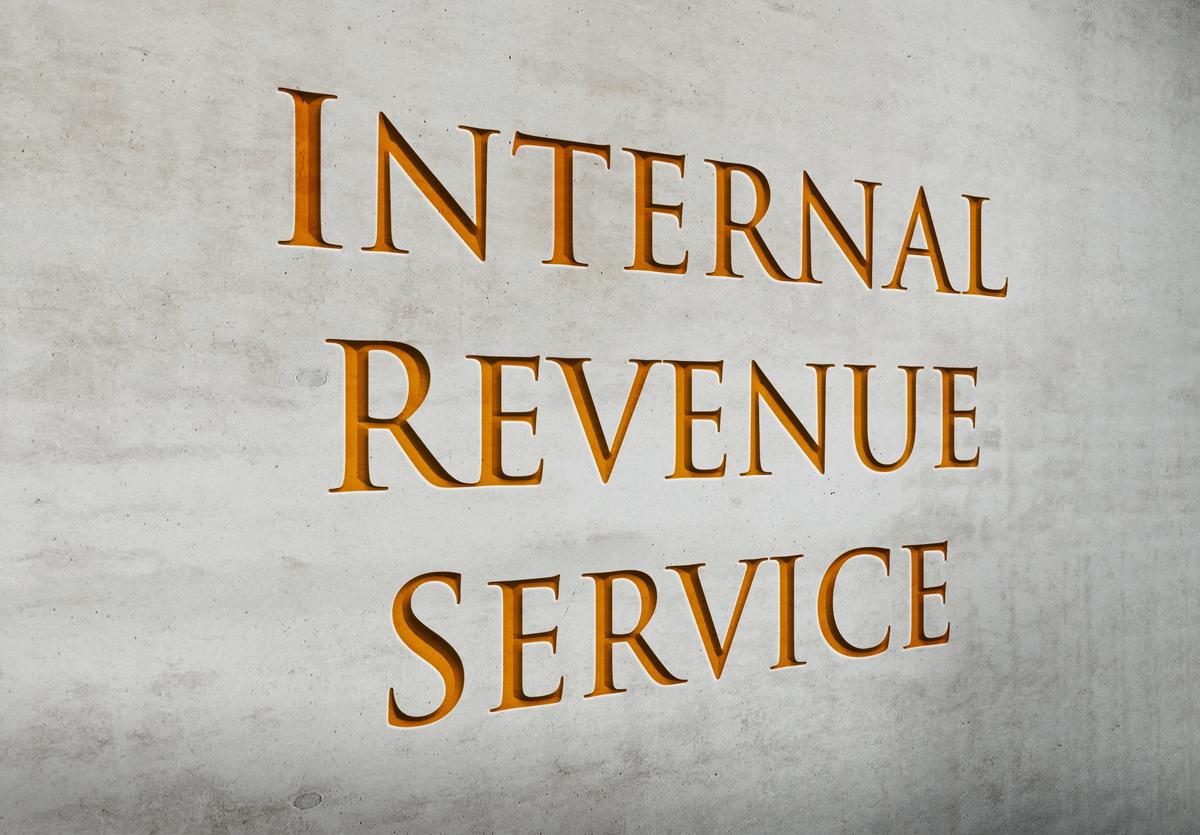(This is part of our series of “sweet 16” year-end tax planning ideas.)
Some taxpayers who have spent the last few years trying to avoid the alternative minimum tax (AMT) might try a novel approach in 2015: They might actually increase their AMT liability. This could be the optimal approach after you’ve conducted an extensive analysis of their tax situation.
Starting point: The AMT, often called a “stealth tax” because it sneaks up on unsuspecting taxpayers, is a parallel tax system running side-by-side with the regular income tax system. In effect, a taxpayer must pay the higher of the regular tax liability or the AMT. The difference between the two taxes is calculated on Form 6251 (Alternative Minimum Tax—Individuals).
There are several critical differences between the two calculations. With the regular income tax system, you add up your client’s total income, subtract various deductions to find the amount of taxable income and then calculate the tax. The seven-rate graduated tax structure features a low of 10% and a high of 39.6%. The client’s tax liability may be reduced still further though tax credits.
Conversely, the AMT calculation is based on a different income computation and just two tax rates. In brief, you arrive at AMT liability by making various adjustments and adding back certain items into income, including so-called “tax preference items, then subtracting an AMT exemption based on filing status, and finally multiplying the result by the appropriate tax rate.
Although the AMT exemption amounts have increased slightly over recent years, the upticks still don’t make a big enough dent for many taxpayers. For example, the exemption amounts for 2015 are $53,600 for single filers, $83,400 for joint filers and $41,700 for marrieds filing separately. Furthermore, these exemption amounts are reduced for upper-income taxpayers. The reduction in 2015 is equal to 25 cents for each dollar of AMT income above $119,200 for single filers, $158,900 for joint filers and $79,450 for marrieds filing separately.
The lower AMT tax rate of 26% applies to AMT income up to $185,400 in 2015. The higher 28% AMT rate is used for amounts above the $185,400 threshold.
When you meet with a client at year-end, your preliminary analysis may indicate that a slight change in the way the client does things, such as delaying or omitting certain tax preference items, can reduce or even eliminate AMT liability. But frequently the client won’t be able to completely avoid the AMT this year. In that case, consider the following “radical” solution.
Instead of trying to postpone taxable income, as is often recommended, you might encourage an upper-income client to accelerate more taxable income into the current year. For instance, if the client is a top-ranking executive, he or she may arrange to receive a year-end bonus in 2015 instead of 2016. New result: Instead of paying income at a 35% or 39.8% rate, the extra income received in 2015 is taxed at a rate no higher than 28%. That’s either 7% or 11.6% lower than the regular tax rate the client normally pays on extra taxable income. The tax savings could be worth the trade-off of paying tax on the income a year early – especially if the client doesn’t expect to have AMT liability next year.
Bottom line: Don’t make assumptions either way. Crunch the numbers at year-end to see where your client stands. Then you can explain the available options and proceed accordingly. The client will have to pay tax one way or the other, but you can minimize the damage.
—–
View the Sweet 16 Tax Planning articles.
Thanks for reading CPA Practice Advisor!
Subscribe Already registered? Log In
Need more information? Read the FAQs
Tags: Income Tax, IRS, Tax Planning




